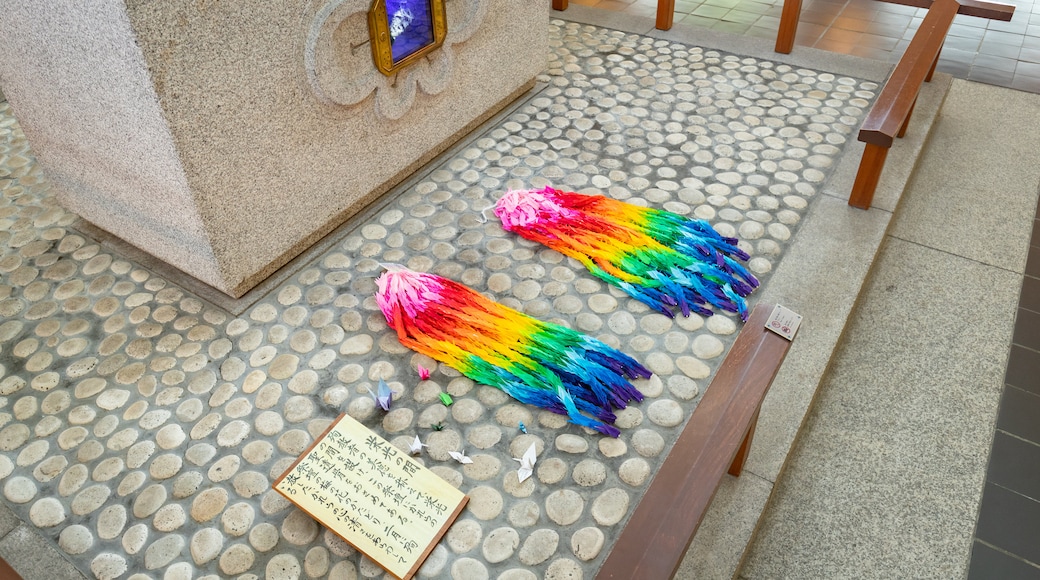It may seem strange today, but the repression of Christianity in Japan was vigorous and Nagasaki’s Twenty-Six Martyrs Museum and Monument provides a detailed account. Imagine the fear of Christians when ruler Toyotomi Hideyoshi, suspicious of the effects of Catholicism on the country’s framework, ordered a roundup of religious followers.
As a warning to prevent the religion spreading, individuals in Kyoto and Osaka were made to walk 500 miles (800 kilometers) to Nagasaki to join others of their faith. Nagasaki was considered the center of Christendom in Japan. When the chosen 26 individuals were assembled on the city’s Nishizaka Hill, they were crucified in front of a large crowd on February 5, 1597. Pay your respects at the monument to these 26 martyrs, later made saints by Pope Pius IX in 1862.
Included among the martyrs were missionaries from Portugal, Spain and Mexico, with follower St. Paul Miki representing Japanese Christians. The monument was built in 1962 at the site of the crucifixions to remember St. Paul Miki and the others on the 100th anniversary of their canonization.
Look directly across from the monument to see Oura Cathedral facing the location. This church is also dedicated to the martyrs.
During this time of religious oppression, followers in Nagasaki and elsewhere continued the faith through covert methods this group came to be known as the Hidden Christians. Tour the museum to find out more about these followers and the exacting measures they took to preserve statues and religious documents that are on display, such as the scroll, Our Lady of the Snows.
Visit Nishizaka Church beside the museum, also known as St. Philip’s Church, named after one of the martyrs. The church contains the bones of St. Paul Miki and is an annual pilgrim destination point. It has a unique appearance with Gaudíesque twin towers.
Find Twenty-Six Martyrs Museum and Monument by taking a short walk up a steep hill from Nagasaki Ekimae stop on tram lines 1 and 3. It is also near Nagasaki train station. Admission is required for the museum. It is open daily except over year-end holidays.









